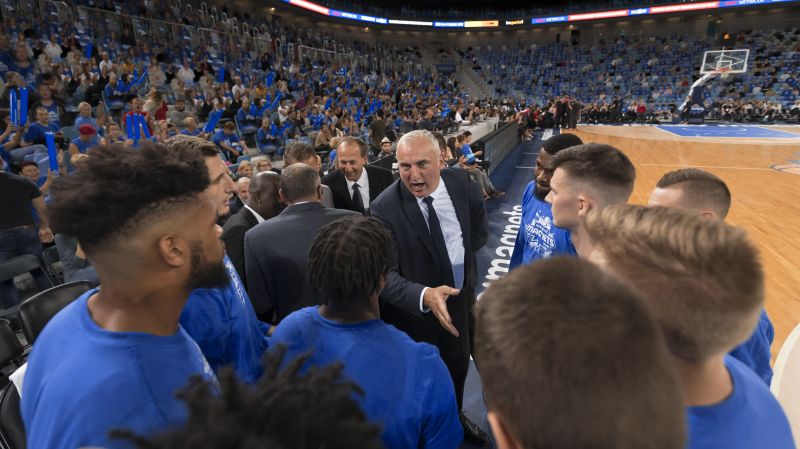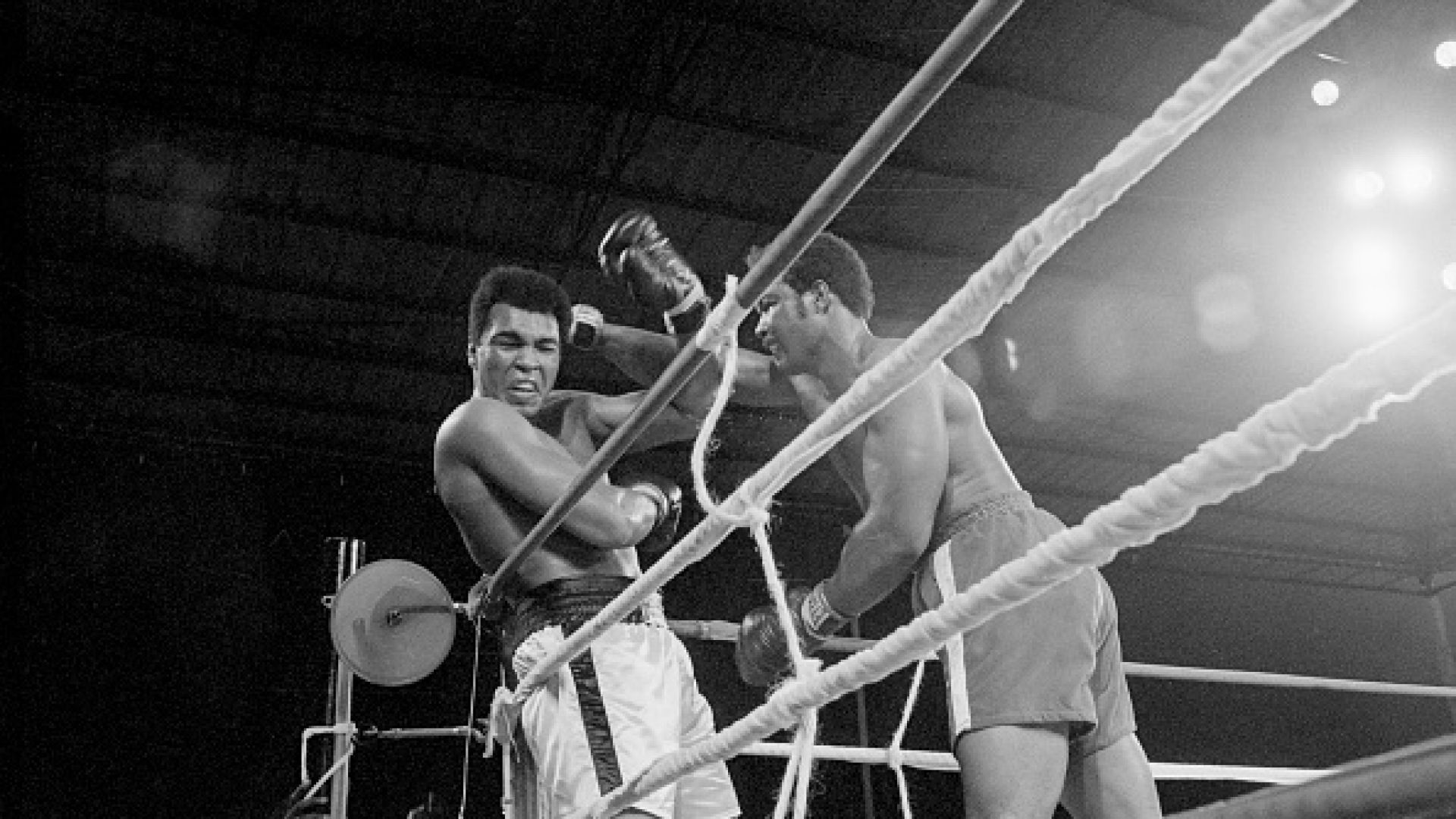How to Avoid Myopic Competition
Research on basketball coaches shows that a rival’s actions sometimes have nothing to do with you. So stick to your game plan

To Buddhists, competition is an unhealthy attachment to outcomes that hide the true nature of existence. To bull elk in rut, competition is a brutal rack-shattering battle to assure a genetic future.
Somewhere on that continuum sit corporate strategists, most of whom, if they’re honest, view competition as a zero-sum game of Survivor, where the goals are to outwit, outplay and outlast. This approach to competition is based on a myopic view of a rival’s actions—that price increases, product tweaks or workforce adjustments are direct or underhanded attacks that demand a response.
If you subscribe to such a view, take it from someone who studies competitive dynamics for a living: competition is a lot more subtle and inscrutable than you think. More often than not, your competitor’s actions have nothing to do with you.
“Before you analyze how to react to a rival’s action, you need to be aware of the multiple reasons for why that action was initiated,” says Goce Andrevski, Distinguished Faculty Fellow of Strategy at Smith School of Business. “Only sometimes the intent behind a given action is to counter or neutralize your actions. You don’t want to escalate a rivalry based on a wrong assumption.”
In fact, according to Andrevski’s research in the sporting world, a fairly small percentage of a rival’s actions are undertaken to gain a competitive edge. The large majority address internal organizational or social issues.
His recent study, with Danny Miller and Isabelle Le Breton-Miller of HEC Montreal and Walter Ferrier of the University of Kentucky, looked at the primary reasons for tactical in-game decisions made by basketball coaches. Before you wonder what corporate strategists could learn from coaches, consider that competition researchers view sports as a natural setting. Andrevski, who played professionally in the Macedonian Basketball League, uncovered intriguing insights about competitive forbearance from studying how coaches made decisions on the fly.
“Although findings from sports settings are sometimes thought to be limited in generality,” he says, “they’re appropriate for studying tactical decision-making such as that by mid-level brand or sales managers.”
Breaking down game decisions
In their recent study, Andrevski and his colleagues explored the reasoning behind more than 800 tactical decisions carried out by nine professional basketball coaches during 15 basketball games. They were looking for patterns in what they term “competitive rationales” of the coaches.
They found that the rationales generally fit into one of three categories: rivalrous, organizational or social. Rivalrous rationales were designed to outwit, disrupt or mislead competitors. Organizational rationales were focused on internal adjustments, such as fixing execution failures, applying learnings or tweaking strategy. And social rationales dealt primarily with managing relationships, such as motivating players.
Of these three, one was the most common by far, and it had little to do with attacking or responding to an opponent. “Surprisingly, even in intense head-to-head tactical competition, most rationales were organizational,” says Andrevski.
Indeed, 74 per cent of all in-game decisions mentioned by coaches were intended to enhance the capacity of the team to compete, such as substituting players or reiterating game strategy.
By contrast, only 23 per cent of the coaches’ actions were aimed directly at affecting rivals for either short- or long-term gain. One coach, for example, tried to gain a psychological advantage over the opposing team by intentionally arguing with the referees.
Variety of tactics
Not only was rivalry a much less common reason for a competitor’s actions but there was a huge variety of reasons for the same type of competitive tactic.
The researchers found coaches took four types of actions against the opposing team: substituting players, calling a timeout and changing the defence or offence. Further, they identified 43 possible reasons for a coach to take a particular action against their rival—tactics such as pre-empting a rival, neutralizing a rival’s advantage, setting a trap or disrupting rhythm. Not only that: coaches could make a move with a future competitive engagement in mind or for other strategic considerations.

In short, the researchers have painted a confounding picture of competitive decision-making. Most likely, your rival’s tactics have little to do with direct competition, and when they do, the intention behind the tactic can be highly misleading or hard to figure out. That bull elk in rut at least knows for certain what’s on its rival’s mind.
“Managers with different priorities from different departments make decisions in a context of multiple rivals and stakeholders on a range of rival-directed, organizational and social issues,” says Andrevski. “Under such conditions, interpreting and explaining rivals’ rationales could be far more challenging than merely noticing their actions.”
Lessons for the business world
If these findings apply to business competition, the obvious question for the corporate strategist is whether to simply give up trying to understand a competitor’s actions or respond regardless.
Andrevski says trying to counter a competitor when you’re unsure of their motive can backfire. You can lose your strategic focus or deploy resources to less profitable areas. “Just initiating actions to show investors that you’re competitive and aware of what competitors are doing may not be the best strategy for profitability,” he says.
An alternative approach is to practise strategic forbearance—essentially keeping your powder dry to learn, build capacity or create an advantage over rivals to be exploited at a time of your choosing.
Andrevski’s study found support for this approach: the most successful coaches chose forbearance over action more frequently than inexperienced coaches. “Coach One” in the study, who had won six championships, practised forbearance for 30 per cent of his observed in-game tactics; “Coach Nine”, who had won four championships, did the same for 37 per cent of his moves. By comparison, all other coaches combined won only two titles and chose forbearance only 17 per cent of the time.
If forbearance is too chill for you, Andrevski says strategists should at least be mindful that competition is a highly complex phenomenon that often defies easy understanding. “The awareness of actions is important,” he says, “but awareness of our limits to understand what they want to achieve with those actions is sometimes even more important.”